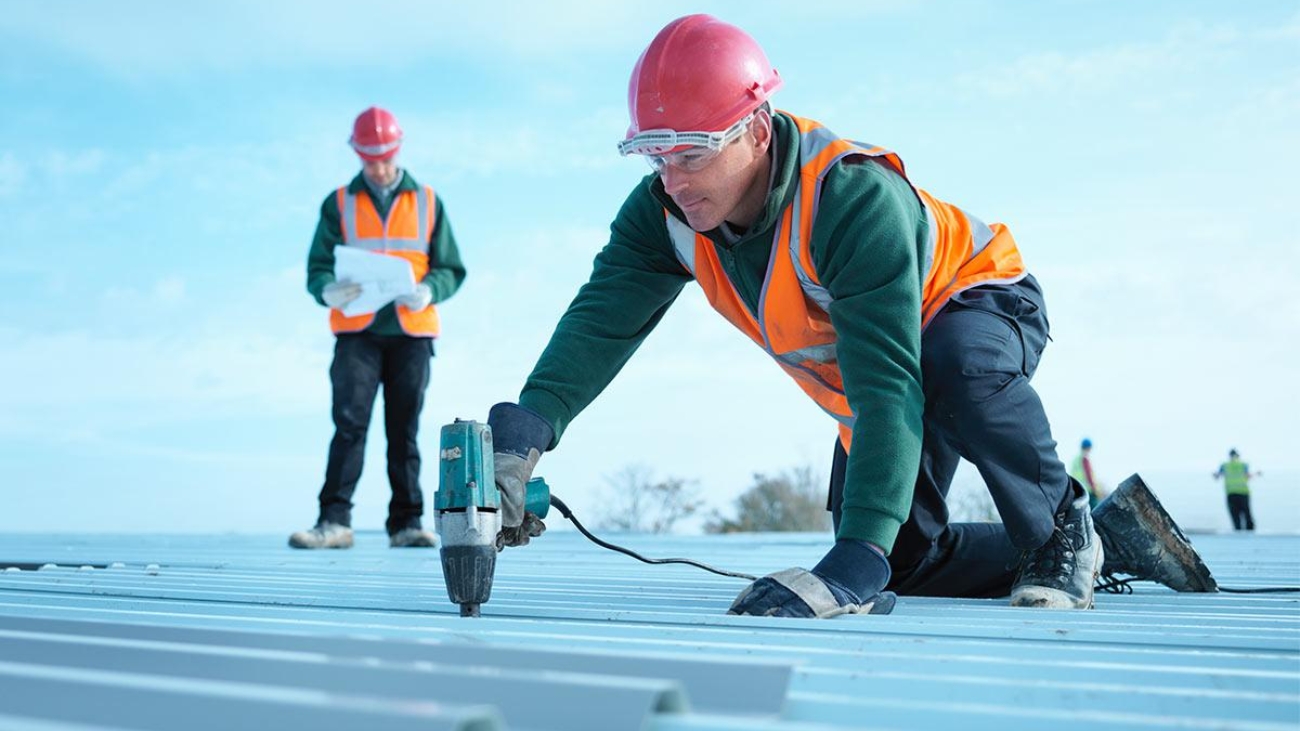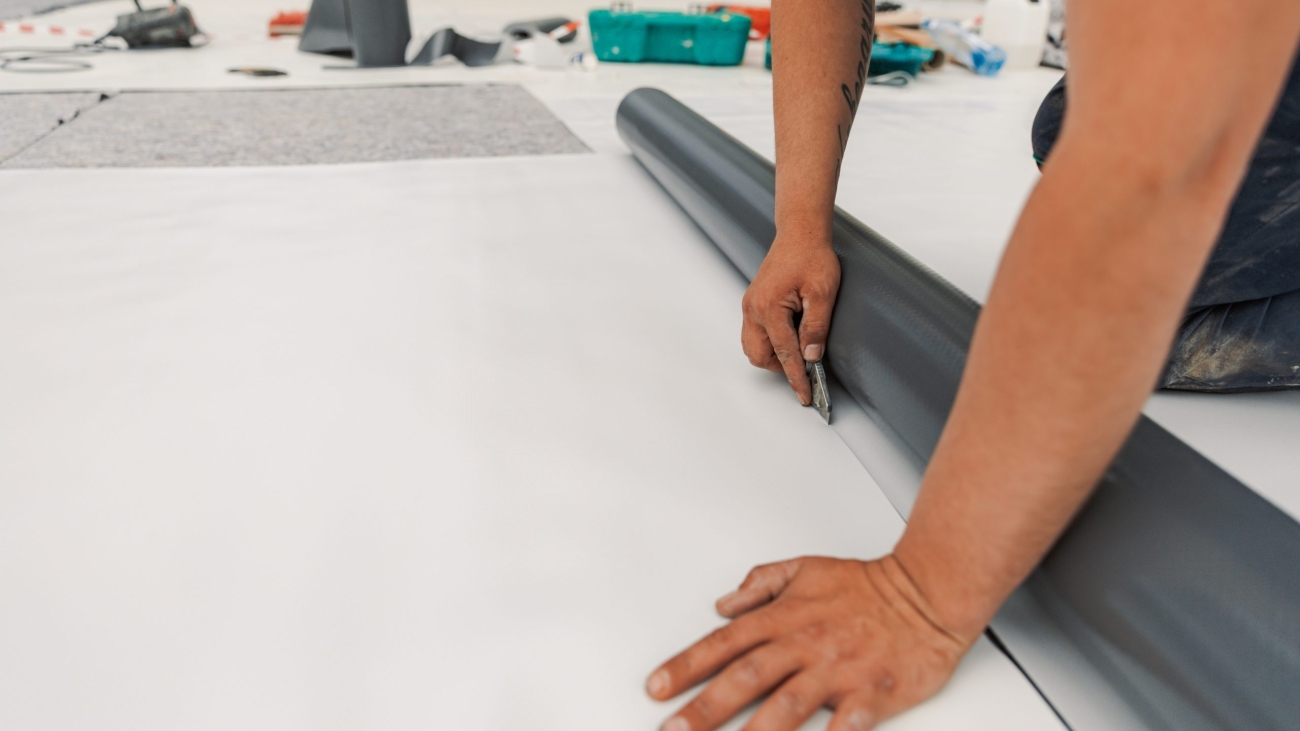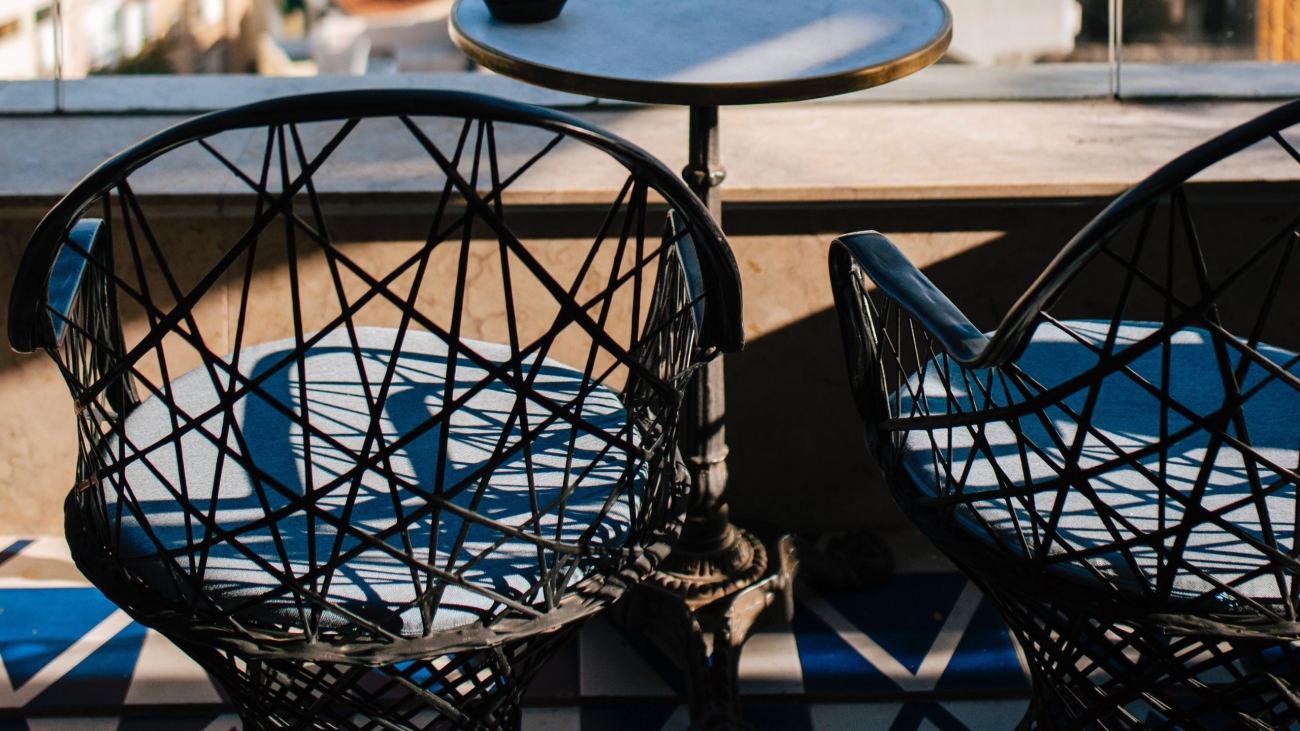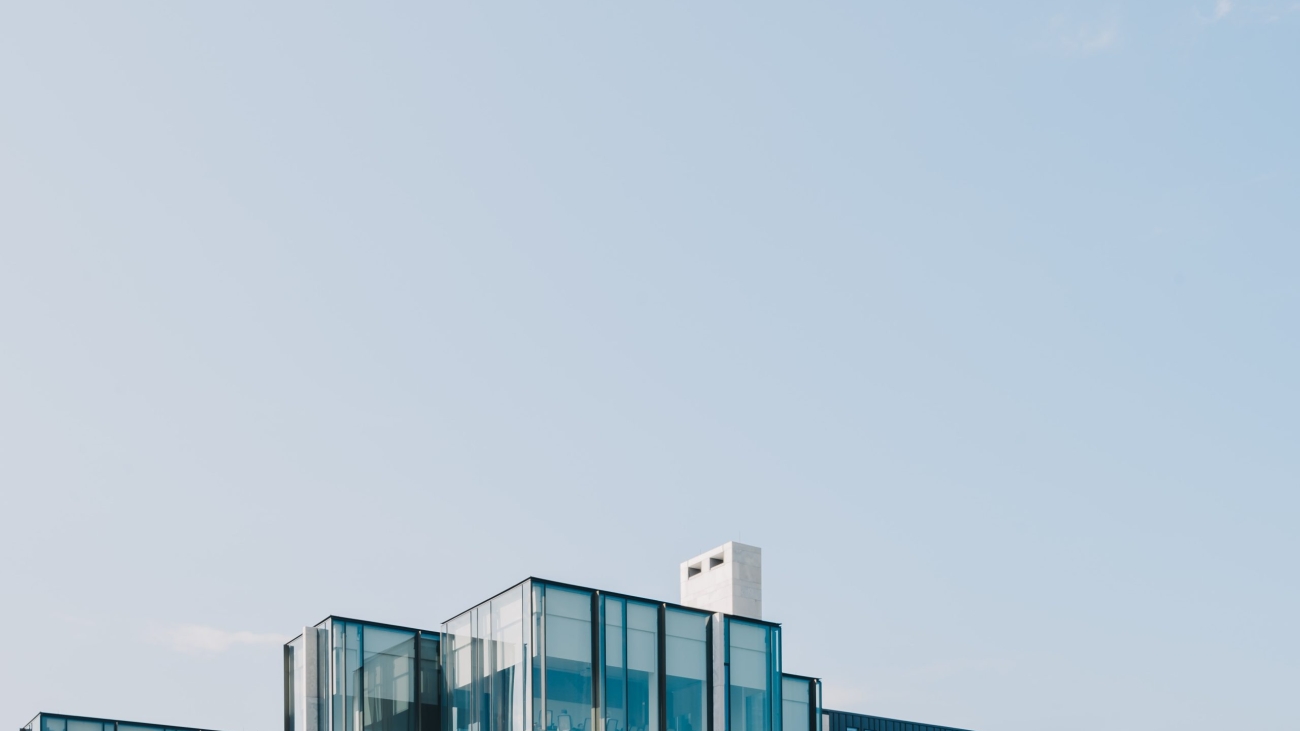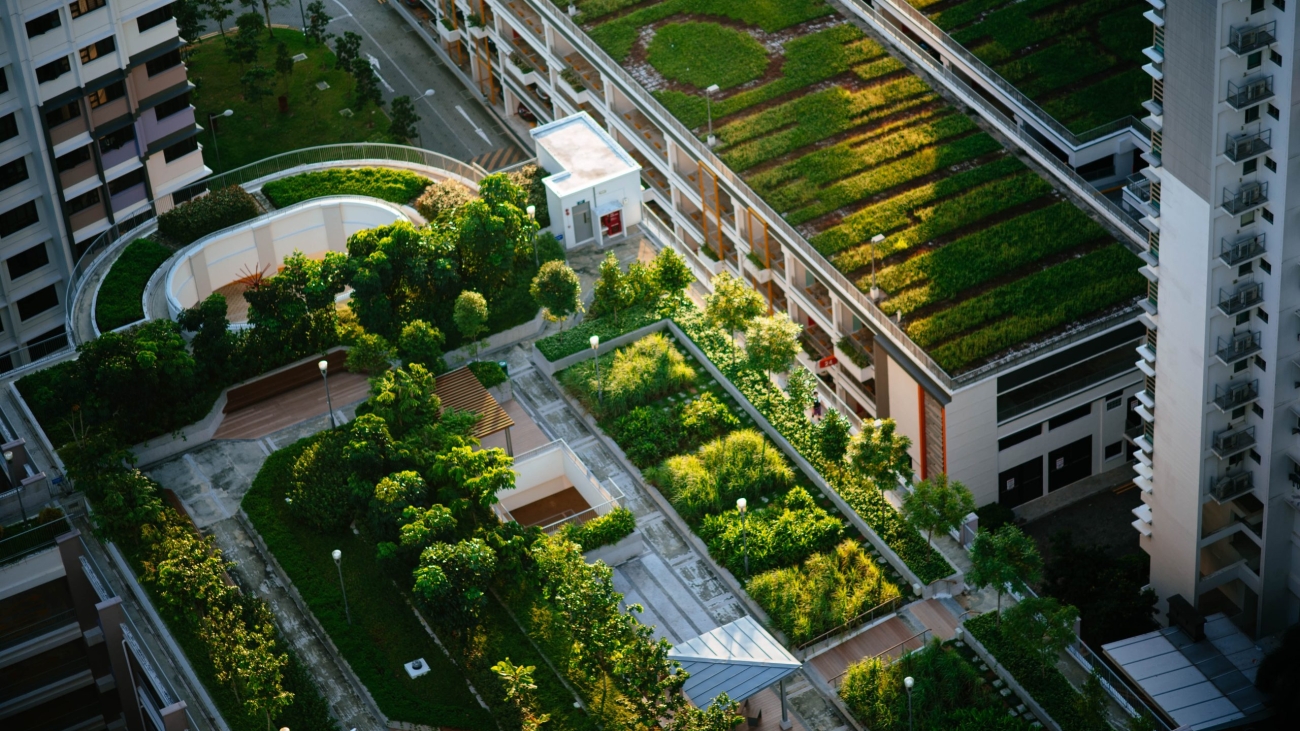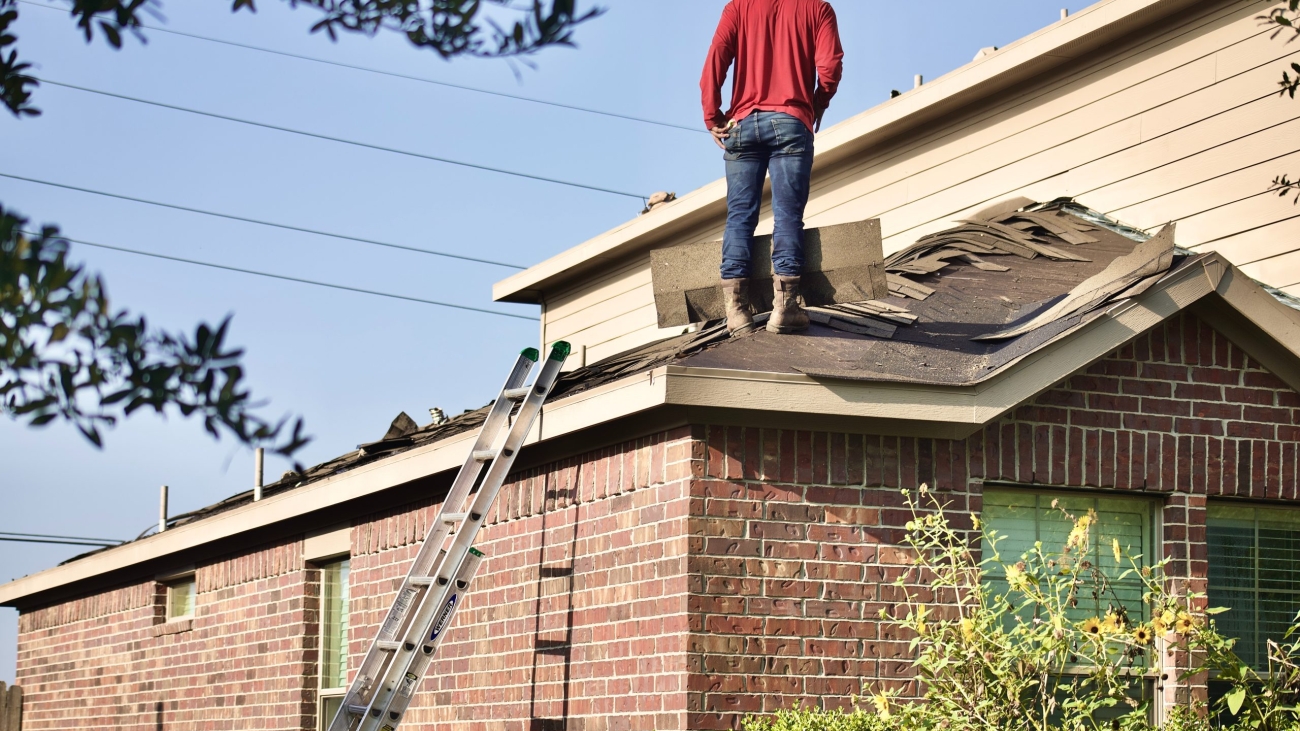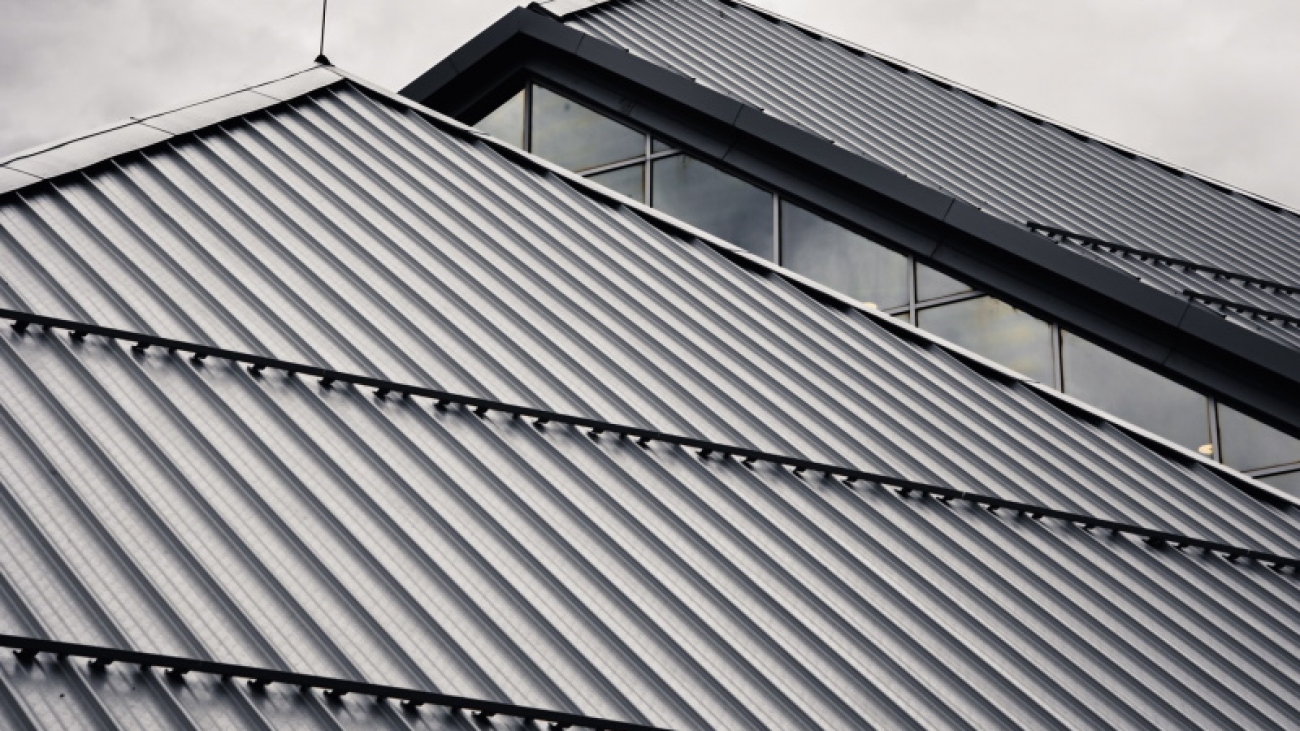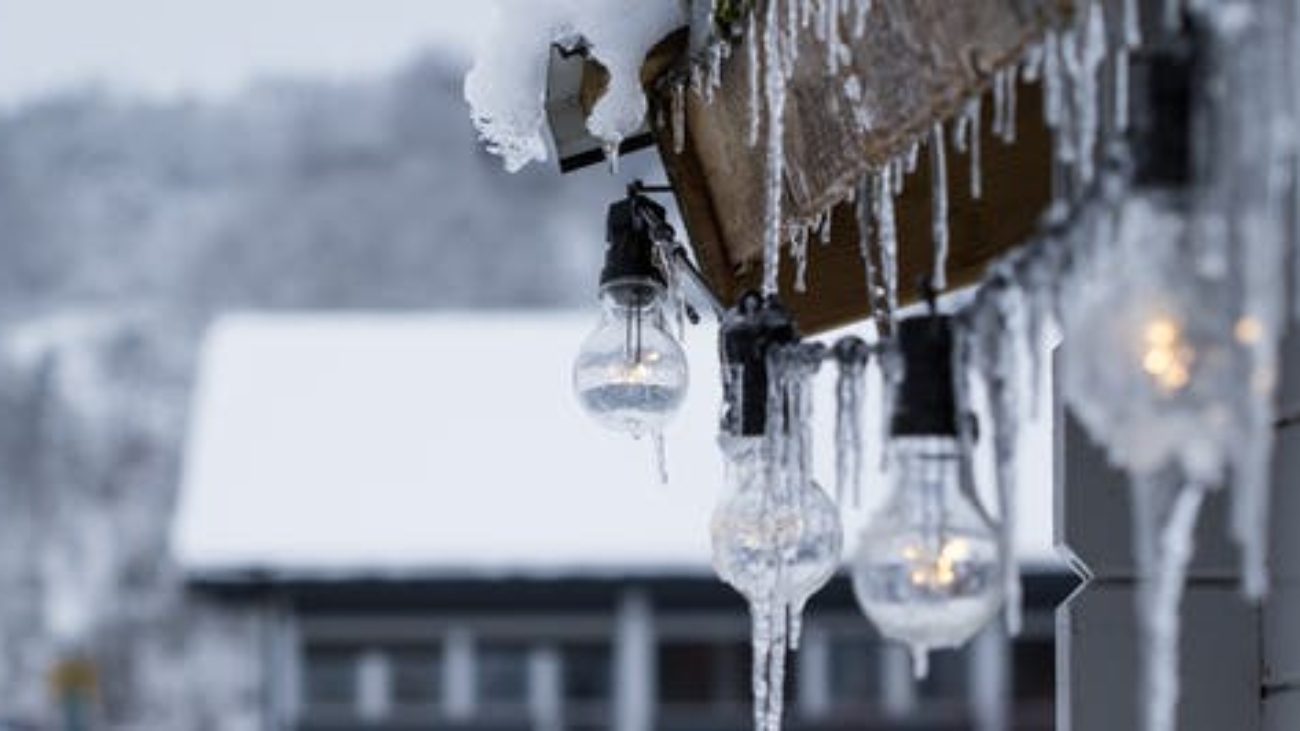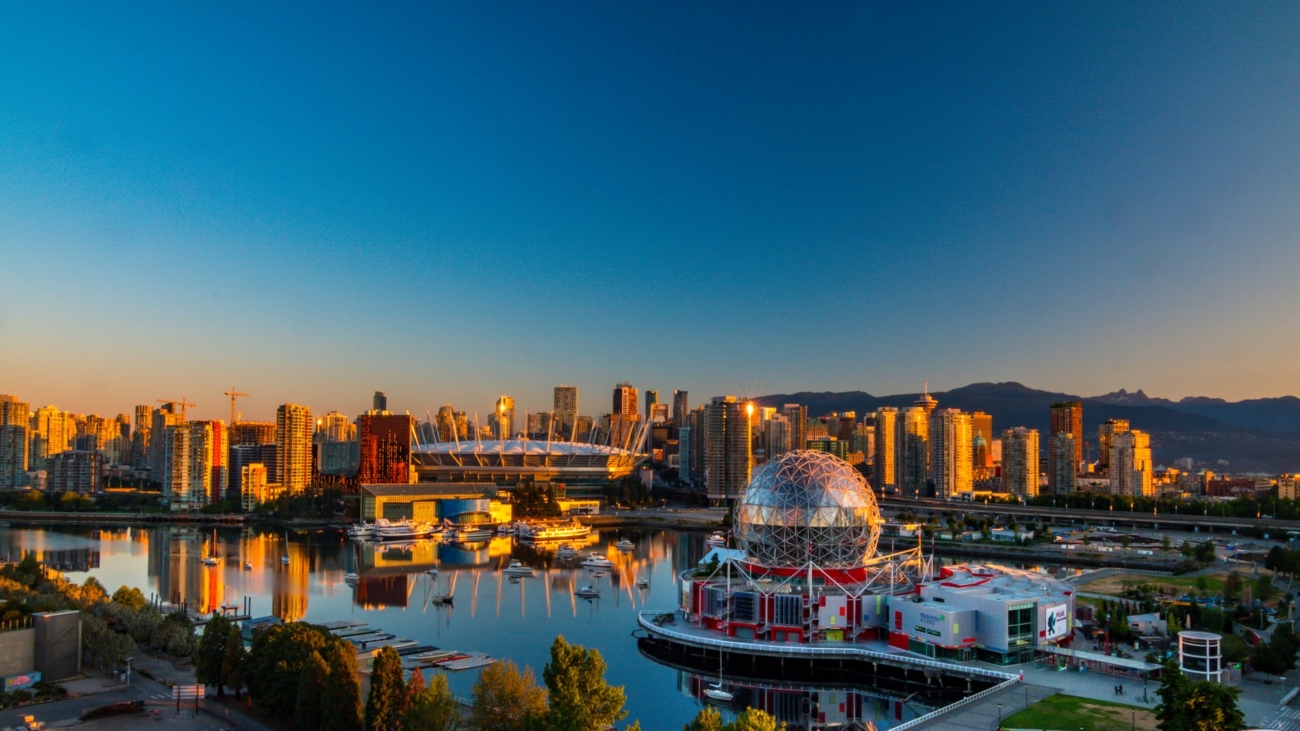When you think about a roof, two words probably pop immediately to mind: slopes and shingles.
Indeed, the majority of residential homes probably have what you might call a “classic” roof system – typical asphalt shingles sat atop a network of sloping triangles, with gutters, downspouts, and eaves taking rainwater elsewhere.
Now, picture in your mind a typical commercial or industrial building or establishment. Does it have a flat roof or a sloped roof? Probably flat, right?
Let’s take a look at why.
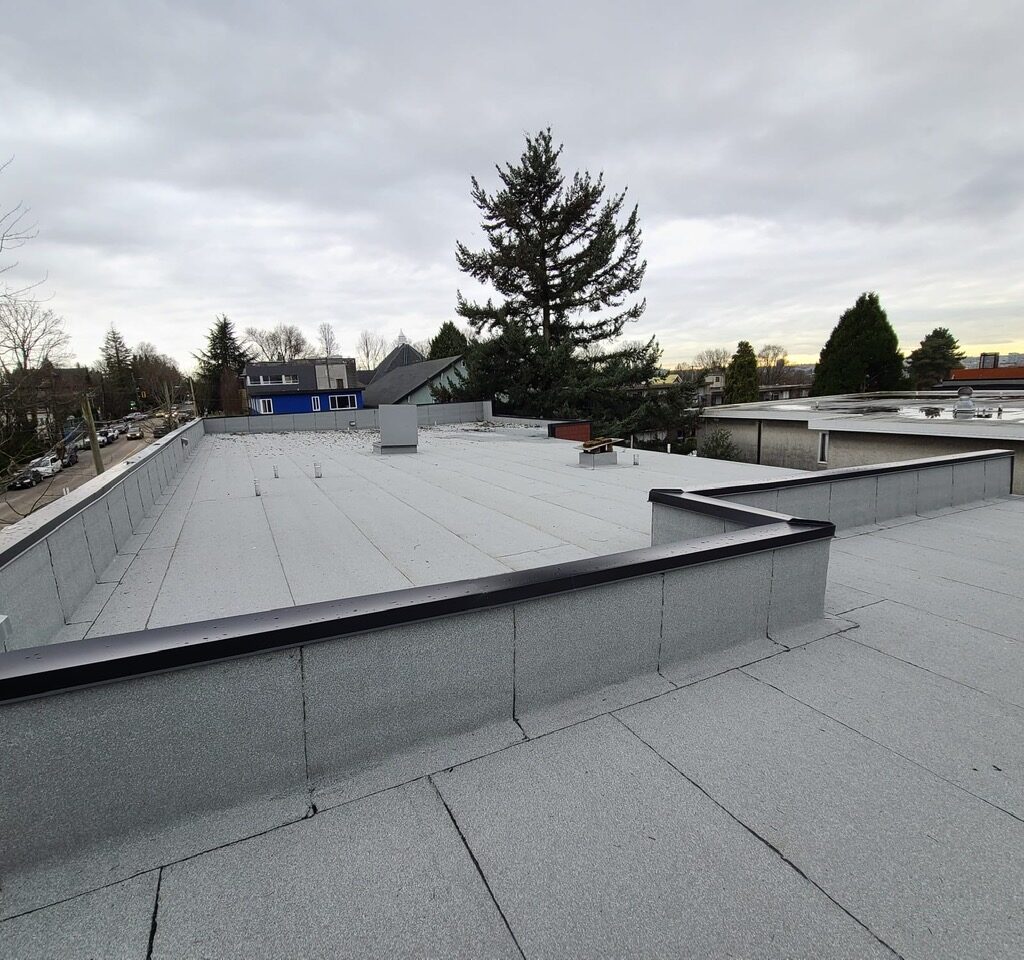
Commercial Roofs Vs. Residential Roofs
Around 75% of all homes in North America have shingled roofs. They’re relatively cost-effective to install, they’re functional, and the general consensus is that they look really good.
That being said, the majority of commercial and industrial buildings have flat roofs. The roofs of larger buildings and complexes face different challenges than small residential roofs, and often need to be built differently.
For example: with little to no slope, water and drainage present a big issue. Any water, debris, or material left on a flat roof can lead to severe damage due to sinking or plugged drains, which is a key reason why regular maintenance is so important. It’s even more important, though, that a commercial roof is built and installed properly by knowledgeable, licensed professionals.
With that in mind, let’s take a look at different types of commercial and industrial flat roofing.
Different Types of Commercial and Industrial Flat Roofing
Built-Up Roofing
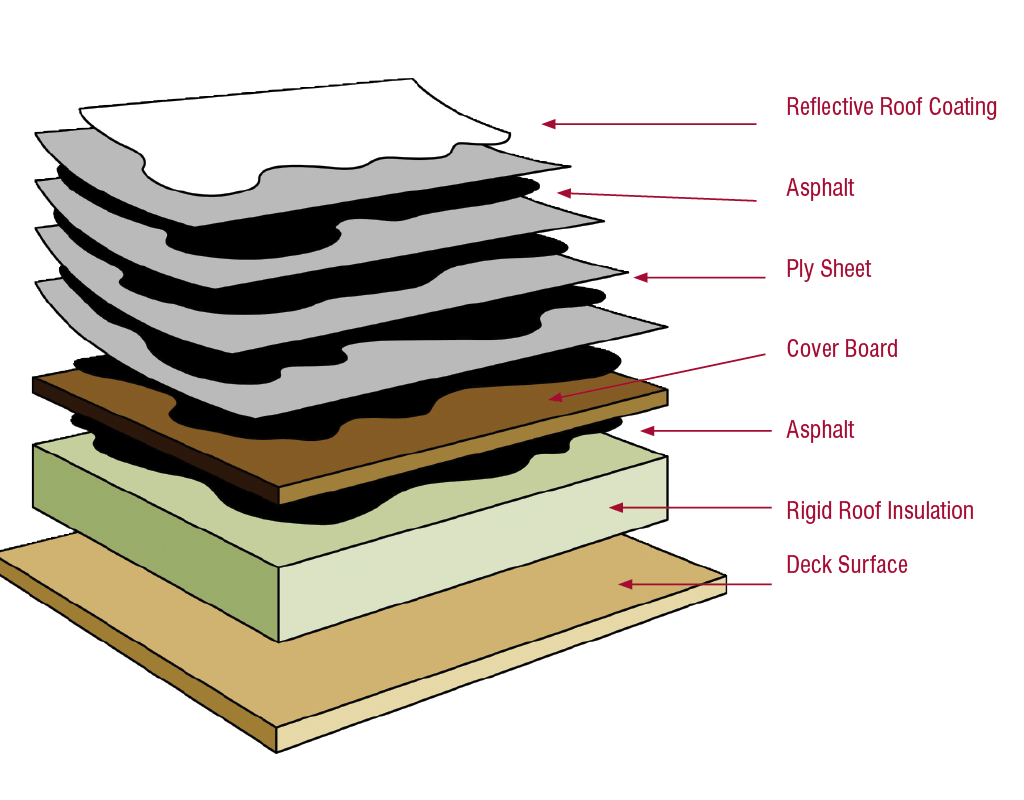
Built-up roofing (BUR) is a type of roofing system commonly used on low-slope or flat roofs. It’s been in use for over a century, which should tell you all you need to know about its reliability and longevity. It consists of multiple layers of materials that create a durable and waterproof barrier:
- Base sheets, which are fastened directly to the roof deck and offer a foundation for the subsequent layers
- Felts/fabrics – usually made of fiberglass – which are laid atop the base sheet
- Bitumen (asphalt or coal tar), which is applied between the layers of felt and acts as as an adhesive and waterproofing agent
- Surfacing, which varies depending on the project, can be gravel, mineral granules, or a smooth coating
Modified Bitumen Roofing
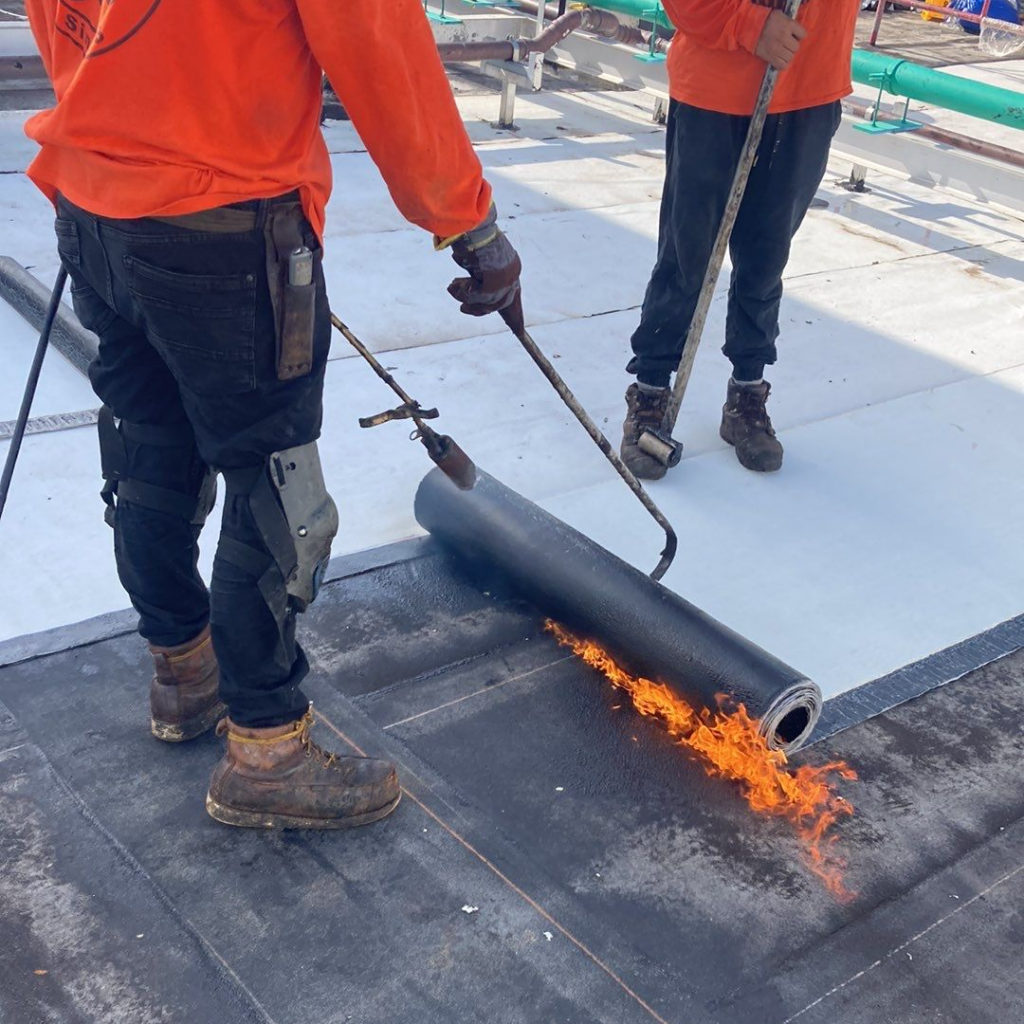
Modified bitumen roofing is a type of roofing material that is well-suited for flat or low-slope roofs. It’s an evolution of the traditional built-up roofing system, but with improved flexibility and resistance to environmental factors like temperature changes and sunlight
Modified bitumen roofing sheets are composed of asphalt that has been modified with polymers or rubber to improve its elasticity and durability. The sheets are versatile, and can be installed via torch application, self-adhering, or cold-applied, and often have a plasticky or rubbery quality
Valued for its reliability, durability, and ease of maintenance, modified bitumen roofing, when properly installed, is resistant to tears, punctures, and weathering, making it a suitable choice for harsher climates. It also provides better insulation than most traditional BUR systems.
Ethylene Propylene Diene Monomer (EPDM) Roofing
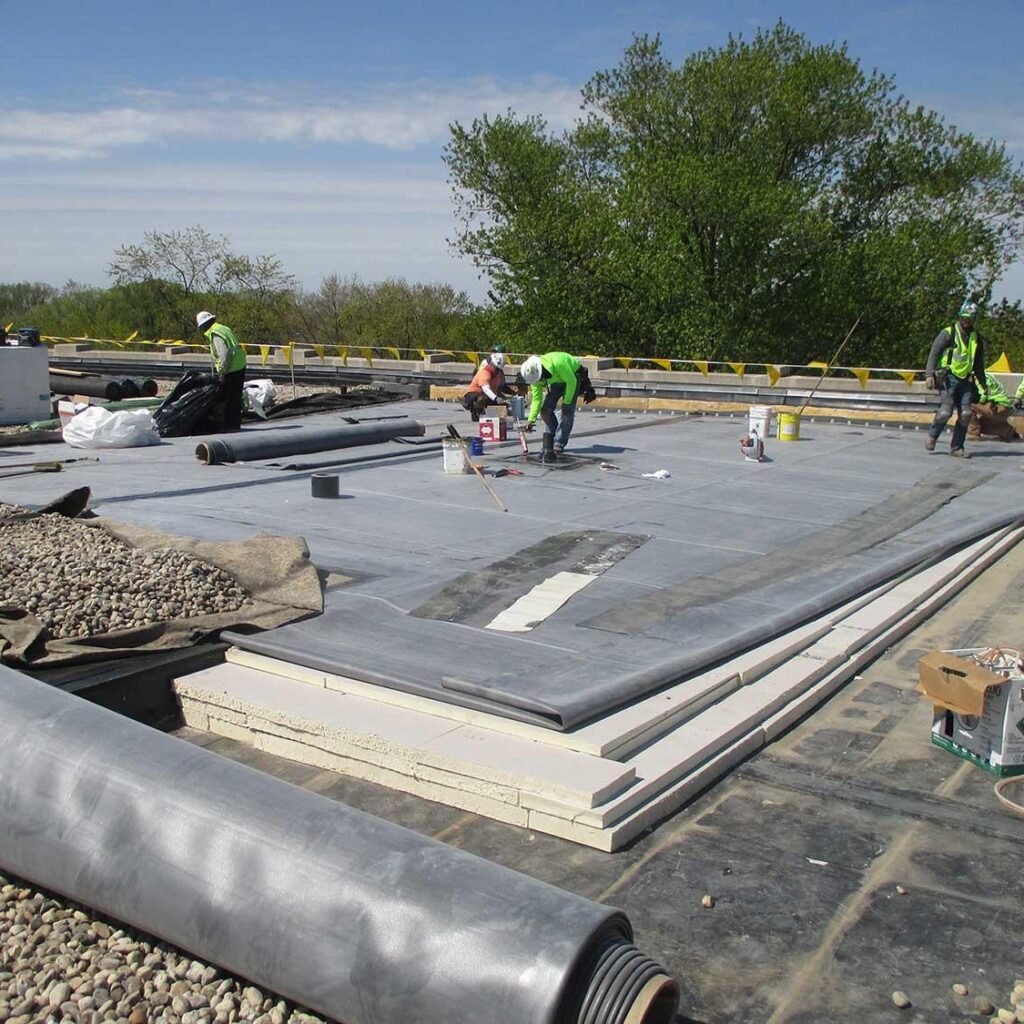
EPDM is a type of lightweight synthetic rubber roofing membrane widely used on low-slope buildings. EPDM is popular due to its durability, versatility, and ease of installation. It’s resistant to heat and weathering and is available in white or black, depending on sunlight and insulation needs.
There are several more benefits to EPDM roofing, especially in commercial or industrial flat roofing systems, including its cost-effectiveness, ease of installation, relatively low maintenance, and waterproofing qualities
Thermoplastic Polyolefin (TPO) Roofing
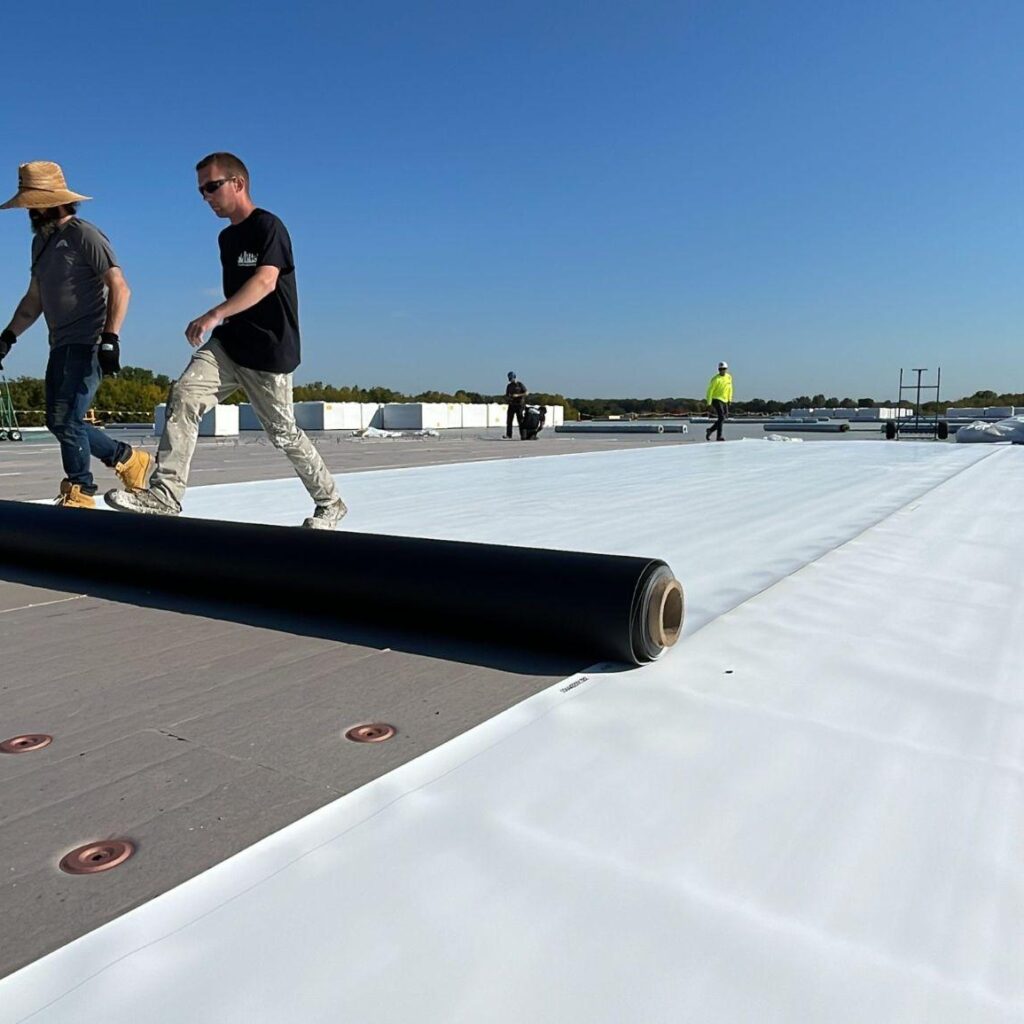
TPO is a type of single-ply roofing membrane that is one of the fastest-growing choices for commercial and industrial flat roofs. It’s known for its heat-reflective properties and energy efficiency. Consisting of rubber and polypropylene that are polymerized together, it can be fastened to your roof deck mechanically, adhered, or heat-welded into place.
TPO is designed to be flexible, which helps it accommodate the building’s movement and settling. Resistant to mold growth, dirt accumulation, and punctures, TPO roofs are noted for their ability to withstand chemical exposure, ultraviolet light, and ozone. They’re also energy efficient, modern, and cost-effective.
Polyvinyl Chloride (PVC) Roofing
PVC is a type of single-ply thermoplastic membrane widely used on commercial and industrial flat or low-slope roofs. PVC has been a popular choice in the roofing industry due to its durability, chemical resistance, and fire resistance properties.
A PVC roofing membrane typically consists of two layers of PVC with a polyester reinforcement scrim sandwiched between them. This construction enhances the membrane’s strength and durability. Like TPO, PVC roofing is highly reflective and energy efficient, particularly when finished in light colours. This reflectivity helps in reducing the building’s cooling demands, thereby lowering energy costs.
Overall, PVC roofing provides a robust, long-lasting solution for protecting a variety of buildings with low-slope or flat roofs, combining high performance with low maintenance needs.
See Related: Commercial Roof Maintenance: Knowing when to Repair your Roof – and when to Replace It
Spray Polyurethane Foam (SPF) Roofing
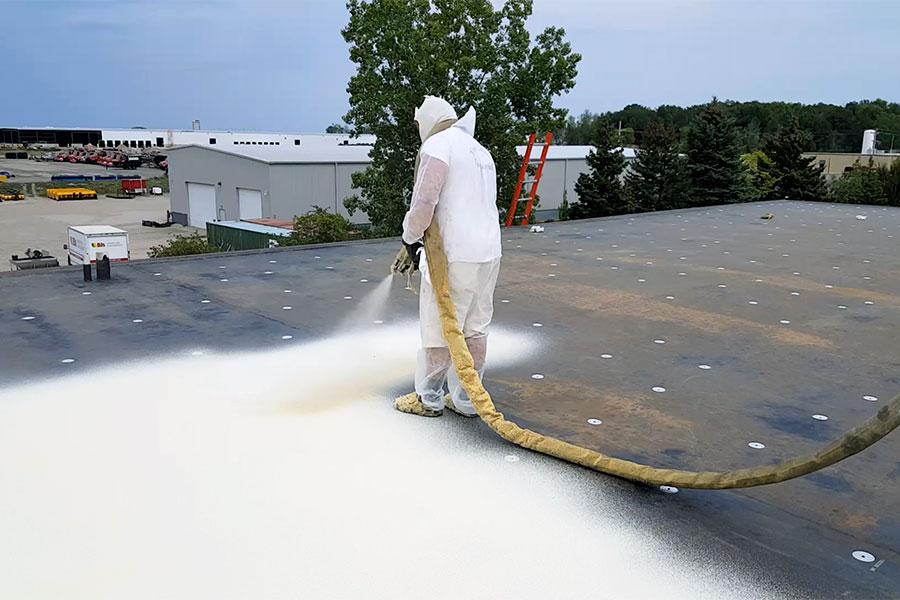
SPF is a type of roofing system that is applied as a liquid spray which expands into a foam, creating a solid layer across an existing roof. Since the foam is sprayed on as a liquid, it’s well-suited for unusually-shaped roofs because it forms a single, continuous membrane that covers the entire roof, without seams or joints. This virtually eliminates any waterproofing problems associated with seam failures in other roofing systems.
On top of that, SPF is an excellent insulator, a durable, damage-resistant surface, and is considered relatively eco-friendly; however, it requires maintenance and inspections, and it takes specific weather conditions (and a lot of skill) to install.
How Can We Help?
It’s a lot of info to unpack. If you’re not sure what type of roof you might need – or what type of flat roof you already have – please feel free to get in touch! Our expert roofers would be happy to take a look and give you the advice you need to get started. We’d love to hear from you.

